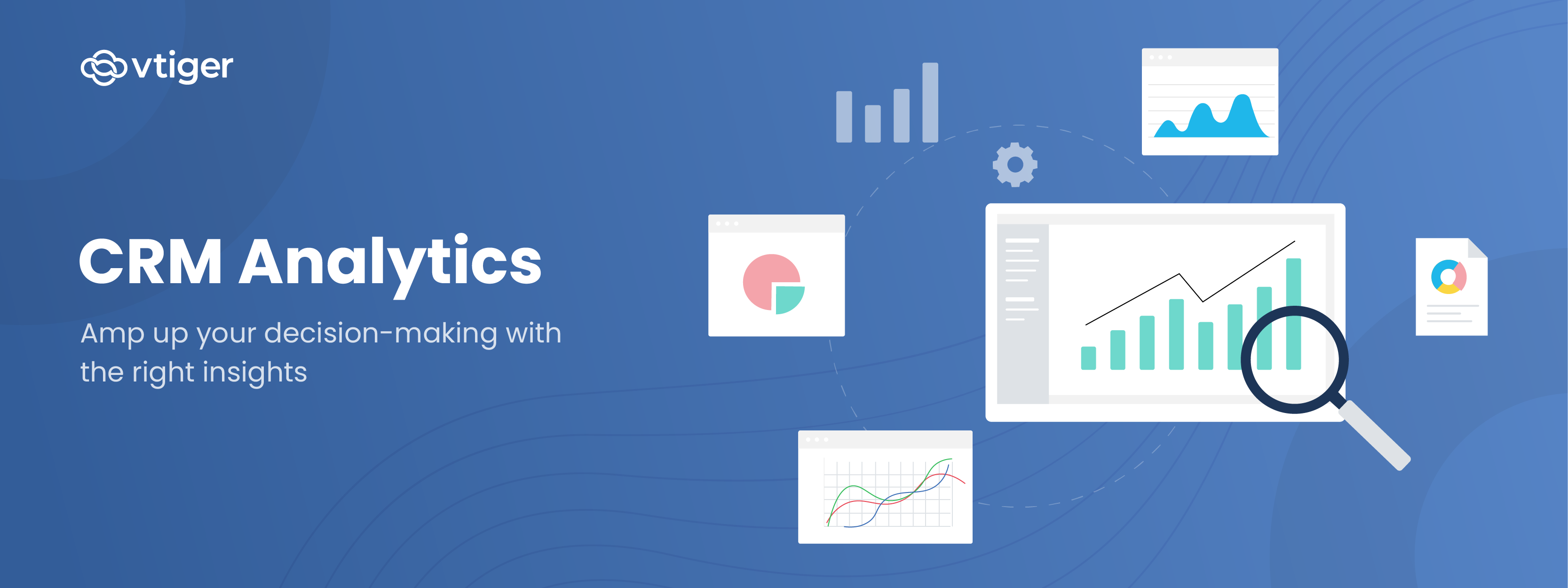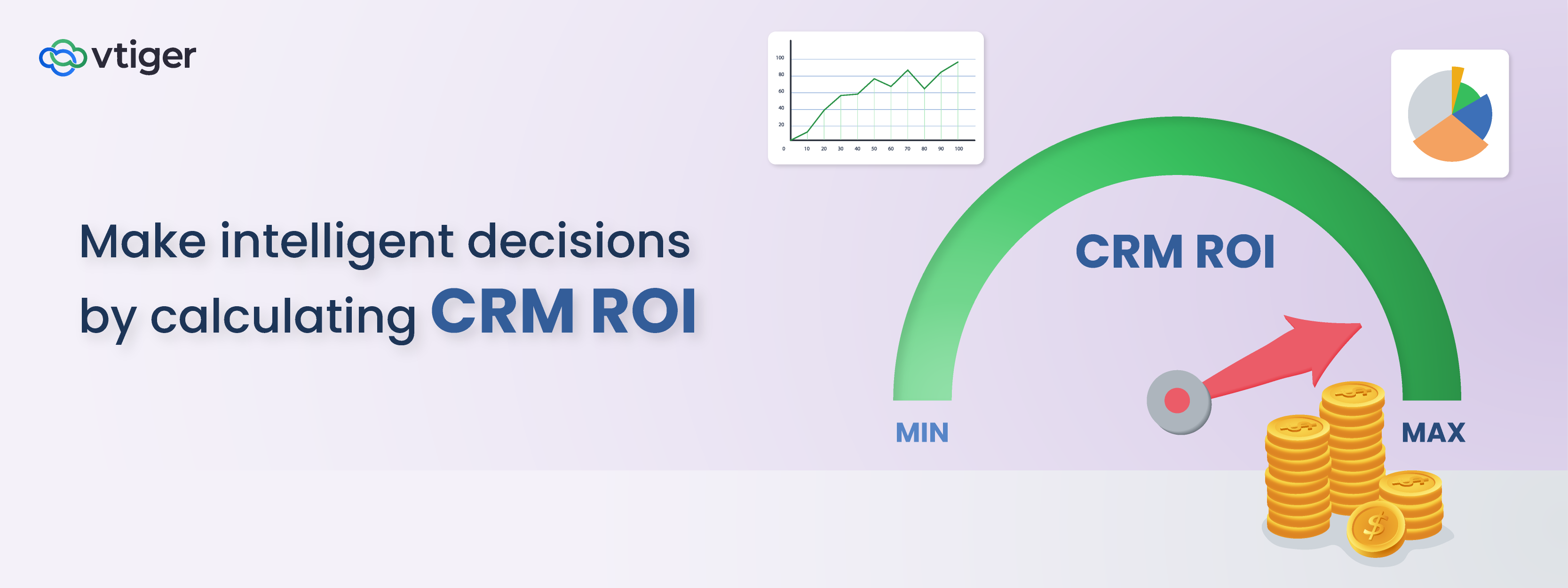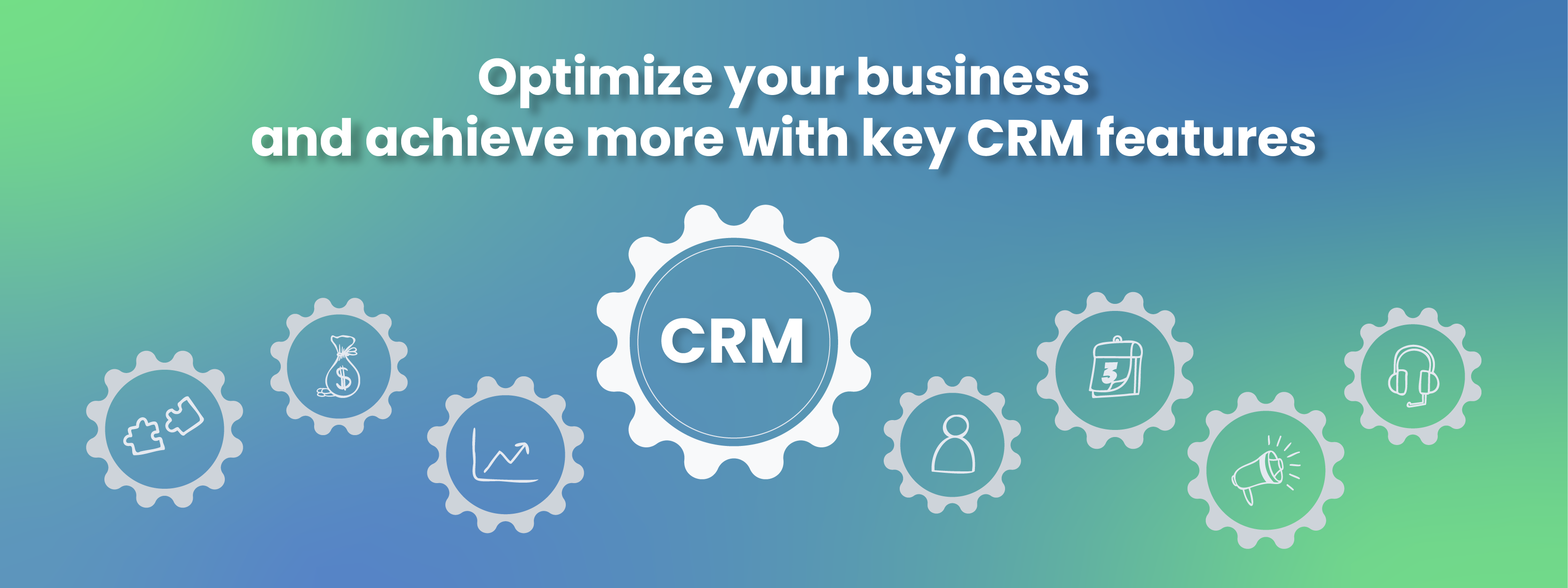Welcome back to the Cut-down Costs with CRM blog series where we will be discussing multiple dimensions of cost reduction with the help of a CRM.
In this blog, you will learn how with the help of CRM reports you can gain various insights about your business activities which will help you in making intelligent decisions.
A business is not just about delivering products and services, it is also about developing long-term relationships with your customers. You can ensure your business is on the right track or if there are any gaps to be addressed by looking at the data generated from different sources in the form of reports.
Now, what data impacts your business? How do you generate reports that pinpoint this data? Let us explore these aspects in detail.
What are CRM reports and analytics
Report and analytics feature is available in many software applications including CRM. They provide you with data-driven insights about customer behavior which allows you in taking intelligent decisions for your business. A report by Mckinsey states that organizations that leverage customer behavioral insights outperform peers by 85 percent in sales growth and more than 25 percent in gross margin.
Using the reports generated:
- Marketing team can understand customer preferences and run effective campaigns using segmentation.
- Sales team can understand the buying behavior of customers and identify the right leads for faster conversions.
- Customer support team can track how the business is being received by customers from feedback, ratings, etc. This will allow you to measure the success of your product among the customers and also you can improve your deliverables accordingly. You can also make necessary changes from the feedback received.
Now, what are the different kinds of analytics that can contribute to your organization’s overall growth?
Different types of Analytics
Let us dive into the different types of analytics that you can generate seamlessly.
Marketing Analytics
Using marketing analytics, you can plan, manage or strategize marketing campaigns effectively. It also eases your lead generation process. Understand how many leads you are generating on a weekly, monthly, or yearly basis. You can also track from which sources like websites, social media, etc., you are getting more leads.
It also provides you insights about how well your customers engage with your website. You can check the page views, average time on a page, bounce rate, etc. This information helps you in targeting potential leads quickly and easily.
Sales Analytics
You can manage your sales pipeline and track deal status. This helps you in reaching out to potential deals in a more effective manner. Also, based on the purchasing patterns of your customers, you can forecast how much revenue you will be able to generate in the coming months or years.
Customer Analytics
Track how likely your customers are going to stay with you by measuring purchasing patterns. Check if they are buying products on subscription plans, how many additional products they are buying from you, etc. All these metrics will help you in providing a superior customer experience and upgrading your brand’s identity.
You can also monitor the problems that your customers are facing with the product and quickly resolve their queries. In this way, you can improve customer satisfaction and increase customer loyalty in a short span of time.
Note:You can also generate reports and garner insights of your team’s activity and performance. You can identify gaps in your team’s performance and provide valuable feedback. It will make your team efficient and boost the quality of work.
Benefits of CRM analytics

By using analytical tools in a CRM you can:
- Improve marketing campaigns: By segmenting your customers based on their behavior like the number of opens, clicks, etc., on your emails, you will be able to carry out targeted marketing campaigns. By understanding customer behavior you will be able to provide personalized offerings.
- Identify different marketing trends: By analyzing various factors like the purchasing pattern of your customers, their engagement with your brand, etc., you can stay updated on the latest trends.
- Improve sales planning and forecasting: You can make a comparison by looking at the previous and current sales reports. This will help you in predicting a rough estimate of generating revenue in the future.
- Enhance customer satisfaction: Gain insights into the problems faced by the customers, understand how well your product is being received from feedbacks, ratings, etc., and monitor the reach of your brand among your target audience.
- Increase team efficiency: With regular feedback from your manager on sales performance, sales pitch, etc., improve the quality of your deliverables. When your team members become efficient, it will directly enhance your team’s productivity.
By this time you must have understood how a CRM report helps you in deriving valuable insights. But, how can you reduce costs for your business using these analytical tools?
If you generate reports using software, the data produced will be accurate with minimum chances of error. When you are able to generate real-time reports which are precise and clear, you will be able to make business decisions quickly and effectively without a fail.
Do you want to know how Vtiger helps you in generating actionable insights for your business?
Vtiger provides:
- Sales and Help Desk Insights that allow you in tracking deal health, SLA performance, escalated or violated cases, etc.
- Calculus AI to track call quality and recommend the next best action.
- Reporting module to capture data efficiently and draw conclusions in the form of charts, graphs, etc.
- Dashboardto display sales progression and team performance.
Sign up for a 15-day free trial and easily access Vtiger Analytical Tools.
———————————————————-
Click the below links to read our blogs in this series
- How centralized data in a CRM can benefit your business.
- How CRM helps you in internal and external collaboration.
- How to use CRM Integrations to conduct Business Smoothly.
- How to improve business communication with CRM integration
- How to build a marketing social media strategy by using social media integration.
- How CRM automation helps streamline your business and enhance productivity.
- How CRM templates help you in increasing efficiency of your team



